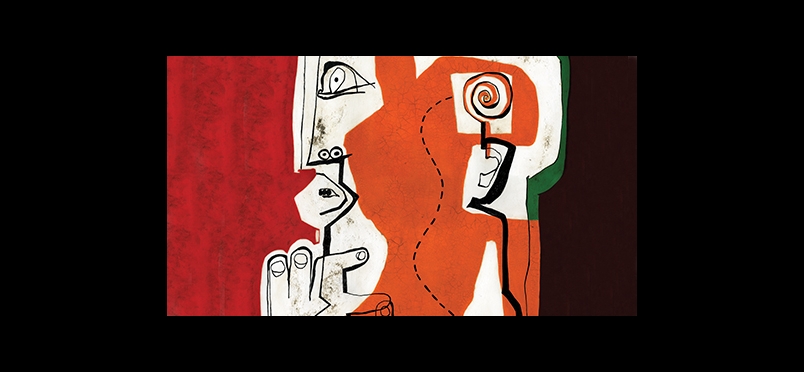| cannabinoids
Chronic Pain: The Reason for Most Medical Marijuana Use

It’s Time to Reclassify and Incorporate Cannabis Into Medical Practice, Researchers Say
Researchers from the University of Michigan recently completed an examination of the available data from state medical marijuana registries to assess why patients are using cannabis for medical reasons, and whether there is evidence based support for these uses. The study classified patient reported medical conditions into evidence based categories derived from a 2017 review from the National Academies of Sciences, Engineering and Medicine concluding that substantial evidence exists for the use of medical cannabis in treating chronic pain, nausea from chemotherapy, and symptoms of spasticity from multiple sclerosis. Lead author Kevin Boehnke, PhD, research investigator in the department of anesthesiology and the Chronic Pain and Fatigue Research Center, stated, “We did this study because we wanted to understand the reasons why people are using cannabis medically, and whether those reasons for use are evidence based.” The research team included past PAINWeek faculty member Daniel Clauw, MD, professor of anesthesiology, medicine and Psychiatry at U-M.
As of 2018, 33 states and the District of Columbia have approved cannabis for medical use, and 10 states have also approved recreational use. Despite deficiencies and variability in state-to state data, the researchers reported a substantial year over year increase in the number of medical marijuana users, and that over 85% reported their use was for treatment of an evidence based condition. Over 62% indicated they sought medical cannabis for management of chronic pain. Dr. Boehnke asserted that the findings contradict the current federal level classification of marijuana as having no accepted medical use, remarking, “Since the majority of states in the US have legalized medical cannabis, we should consider how best to adequately regulate cannabis and safely incorporate cannabis into medical practice.” The conclusions were published in the current edition of the journal Health Affairs.
For more information about medical marijuana, click here.
Read about the study findings.
The journal abstract may be read here.
Other Categories:
Did you enjoy this article?
Subscribe to the PAINWeek Newsletter
and get our latest articles and more direct to your inbox